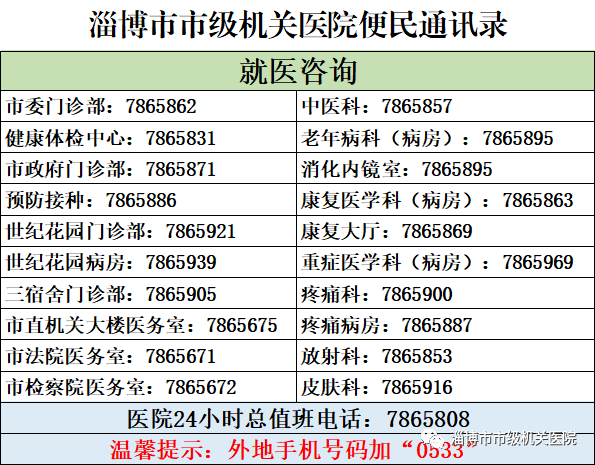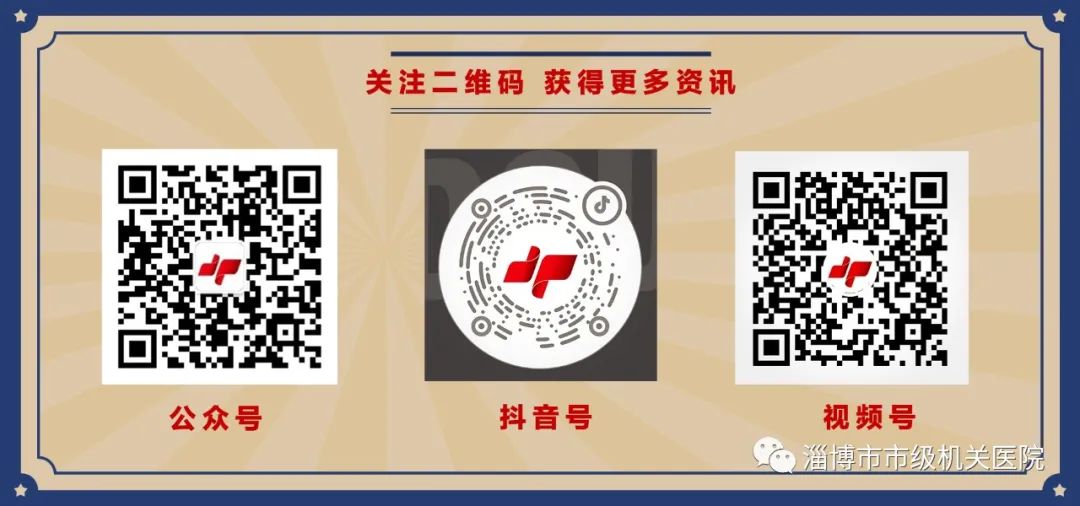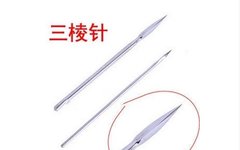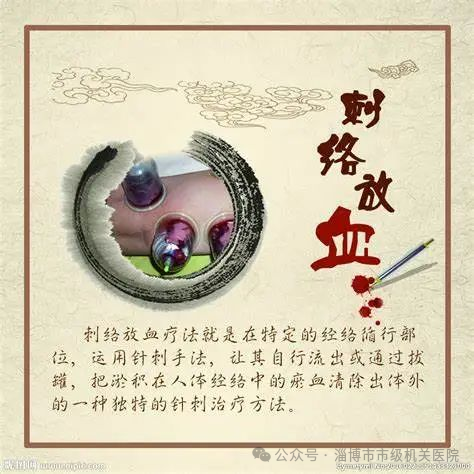
Historical Origins of Bloodletting
As far back as the Stone Age, our ancestors accidentally injured themselves and bled from certain body parts due to sharp stones or thorns. Although painful, the discomfort in other areas of the body was unexpectedly alleviated or eliminated. Through practical experience, people discovered that using sharp stones—known as bian stone—to puncture and bleed the affected area could provide relief. With the advent of copper and iron tools, metal needles were developed during the Qin and Han dynasties. In the Huangdi Neijing (Yellow Emperor’s Inner Canon), this practice is referred to as the “Nine Needles.” The ancient nine needles were nine different medical instruments with various shapes and uses, among which the “sharp needle” used for bloodletting to treat conditions such as boils, febrile diseases, and diarrhea is akin to the modern three-edged needle.
The earliest written records of bloodletting therapy in Traditional Chinese Medicine (TCM) can be found in the Huangdi Neijing, stating, “Bloodletting involves puncturing the small collaterals to release blood”; “When the blood is stagnant, it must be expelled.” It clearly states that bloodletting can treat conditions such as mania, headaches, sudden deafness, heat-induced asthma, and epistaxis. It is said that Bian Que performed bloodletting at the Baihui (Hundred Meetings) point to cure Prince Guo’s “corpse syndrome,” and Hua Tuo used bloodletting to treat Cao Cao‘s “head wind syndrome.” By the Tang and Song dynasties, this therapy had become one of the major practices in TCM.
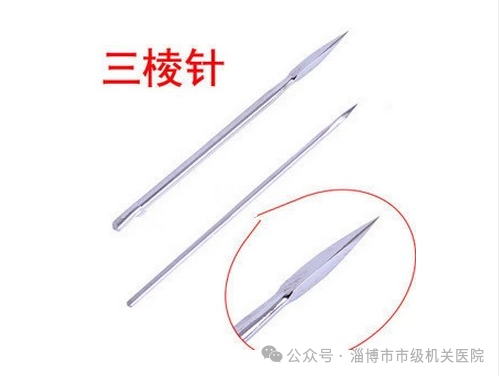
Clinical Applications of Bloodletting
1. Antipyretic Effect
In TCM, fever is primarily categorized into two types: Yang excess heat and Yin deficiency heat. When Yang energy is excessive, blood is also abundant; bloodletting can reduce this excess blood, thereby diminishing the evil heat in the blood vessels and normalizing the body’s Qi and blood.
2. Analgesic Effect
“When there is flow, there is no pain; when there is pain, there is no flow.” Diseases causing internal pain often have blockages in their meridians. Bloodletting can directly expel the stagnant pathogenic factors from the meridians, alleviating the blockage. In clinical practice, many acute conditions, such as sore throat and migraines, have shown rapid improvement with bloodletting therapy.
3. Detoxifying Effect
The detoxifying effect in TCM refers to the body’s inability to resist toxic pathogens due to pathological conditions. Bloodletting not only expels the invading toxins with the blood but also, more importantly, restores normal bodily functions through “regulating blood and Qi,” thus inhibiting the spread and regeneration of pathogens.
4. Fire-Draining Effect
Internal heat disturbances can lead to various conditions, often manifesting as irritability, mouth sores, limb pain and swelling, irritability, and even fever, confusion, and delirium. Bloodletting can directly expel the heat evil with the blood, making it suitable for various heat syndromes.
5. Swelling-Reducing Effect
Swelling and pain are often caused by Qi stagnation and blood stasis, leading to obstruction in the meridians. Bloodletting can directly eliminate the stagnant Qi and blood along with the pathogenic factors in the local meridians, promoting unobstructed flow and achieving the goal of reducing swelling.
6. Itch-Relieving Effect
Itching is a manifestation of wind evil present in the blood vessels; thus, the treatment principle is “to treat wind, first treat blood; when blood flows, wind will naturally disappear.” Bloodletting regulates blood and Qi, ensuring smooth blood flow and eliminating the wind evil, thereby achieving the effect of relieving itching.
7. Numbness-Relieving Effect
Qi deficiency may fail to direct blood to the extremities, or blood deficiency may fail to nourish, often resulting in numbness. Using fine needles to puncture the affected limb’s acupoints to draw a small amount of blood can treat numbness, guided by the theory of blood moving Qi, yielding good results.
8. Anti-Nausea Effect
Acute vomiting often results from excessive stomach heat, liver Qi counterflow, or food stagnation. Bloodletting can drain heat, pacify liver counterflow, and facilitate the downward movement of stagnant food in the stomach and intestines, thus alleviating nausea and vomiting.
Precautions After Bloodletting
After bloodletting, the following precautions should be observed:
1. Avoid getting the puncture site wet immediately, such as during bathing;
2. Keep the puncture site warm;
3. Closely monitor the patient’s condition for any discomfort, such as dizziness;
4. Patients sensitive to needling should be observed for half an hour and may leave only after confirming no adverse effects.
Provided by: TCM Department, Medical Affairs Department



